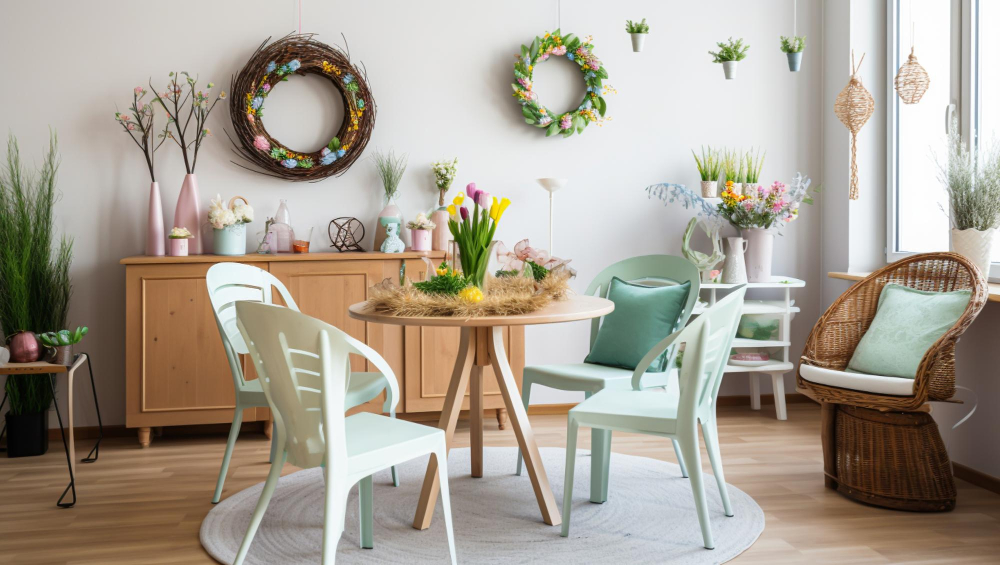Rethinking Dining Spaces in Canadian Homes
Dining spaces in Canada are no longer confined to formal rooms—they’ve become the hub of family life. Whether it’s weeknight dinners, homework sessions, or weekend brunches, the dining area needs to offer comfort, flexibility, and style. Two popular seating solutions—banquette seating and dining benches—both bring unique benefits to the table, but which is better suited for family living?
Each option presents a different experience, and the decision often depends on your layout, lifestyle, and design preferences. Let’s explore the key factors Canadian families should consider when choosing between banquette seating and dining benches.
What Is Banquette Seating?
Built-In Comfort with a Custom Look
Banquette seating is typically built-in along one or more walls, often designed with upholstered benches and backs. It’s commonly found in breakfast nooks or kitchen corners, offering a cozy and space-efficient solution. Because banquettes are usually custom-built, they can be tailored to suit your room’s exact size and style.
In Canadian homes where maximizing square footage is essential—especially in urban areas—banquettes can make clever use of underutilized corners. Add storage drawers beneath the seat, and you’ve got a dual-purpose piece that’s as practical as it is attractive.
Ideal for Small Spaces
If your kitchen or dining area is tight on space, a banquette allows you to push the table closer to the wall without sacrificing seating capacity. This makes it a smart option for condos or open-plan layouts where every inch counts. It also helps keep traffic paths open in high-traffic areas like kitchens.
The Case for Dining Benches
Versatile and Moveable
Dining benches are a versatile and space-saving seating option that continues to gain popularity in modern Canadian homes. These freestanding seats are designed to either match or complement your dining table, offering a cohesive look while adding flexibility to your dining setup. One of their biggest advantages is their ability to slide neatly under the table when not in use, freeing up valuable floor space and maintaining a clean, uncluttered look in the dining area.
For families who value adaptability, benches provide a practical solution that evolves with everyday needs. Whether it’s accommodating extra guests during dinner parties or making room for children’s art projects at the table, benches can be easily repositioned to suit the occasion.
In households that frequently entertain, dining benches shine. Unlike individual chairs, a single bench can often seat two to three people, making it easier to accommodate more guests around the table. This promotes a communal, casual dining experience, ideal for family gatherings and friendly get-togethers.
Works Well in Open Layouts
Dining benches shine in open-concept spaces where blending functionality and flow is key. A well-placed bench won’t obstruct views or create visual clutter, making it a great fit for modern Canadian interiors. It’s also easy to pair with side chairs or stools to create a mixed seating arrangement that feels both casual and curated.
Comparing Comfort and Practicality
Daily Use and Seating Preferences
When it comes to everyday use, banquette seating can offer superior comfort—especially if padded and backed. It’s great for long dinners or work-from-home sessions at the table. However, getting in and out may be tricky, particularly for larger families or when kids need help climbing over others to reach their seat.
Dining benches, while less plush, allow easy access and can be paired with cushions for added comfort. If flexibility outweighs the need for lounging comfort in your home, benches might suit your routine better.
Cleaning and Maintenance
In busy Canadian households, ease of cleaning is a key consideration. Banquettes with upholstered cushions may require more frequent maintenance, especially in homes with young children or pets. Crumbs and spills can hide in seams or corners, making wipe-downs more involved.
Benches, especially those made of wood or metal, tend to be easier to clean. Their open design allows for quick spot-checks, and most messes can be dealt with in a few swipes—great for families who value simplicity and speed.
Storage, Style, and Long-Term Flexibility
Hidden Storage Perks
Banquette seating often includes hidden storage under the seat, ideal for stashing away seasonal tableware, art supplies, or kids’ gear. In regions like Canada, where winter accessories and extra dining essentials are common, this added storage is a real bonus.
Benches, on the other hand, don’t usually offer built-in storage but can be placed alongside other storage-friendly pieces. They provide visual airiness that’s helpful in smaller rooms or where too much furniture feels overwhelming.
Adapting to Future Needs
One of the biggest differences lies in flexibility. Banquettes are typically fixed and built-in, making them a more permanent design choice. While they add a custom feel, they aren’t easily relocated. Dining benches, however, can move with you or be repurposed in other rooms, from entryways to bedrooms.
Canadian families who anticipate moving, remodeling, or regularly rearranging may find dining benches offer the most long-term versatility. But for those who want a tailored, built-in look, banquettes bring structure and character.
When deciding which option works best, consider the needs of your household today and tomorrow. Both options can elevate your dining area with the right styling. For expertly crafted dining solutions, Classico Roma offers thoughtfully designed benches and custom-ready banquettes tailored for family living in Canadian homes.
